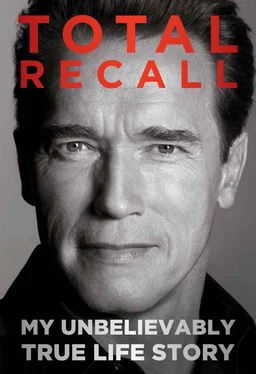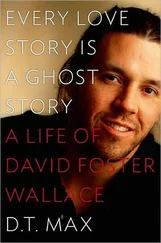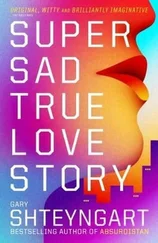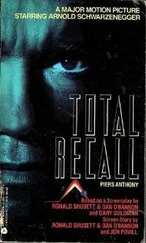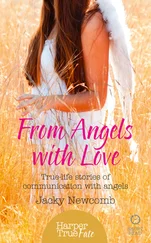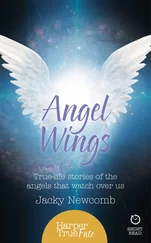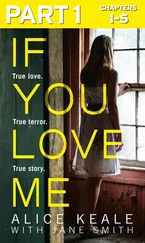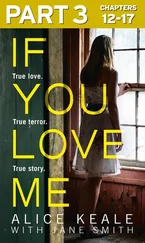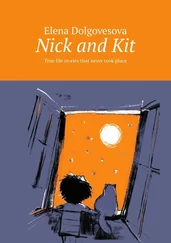I started with the bench press, just the bar with one ten-pound plate on each side, and had the boys take turns doing ten reps each, with me there to position the bar and lower it down to their chest. The first couple of kids were fine, but the third boy panicked when he felt the weight and started to scream because he thought it would crush him. I lifted the bar off his chest, and he jumped up.
“That’s okay,” I said to him. “Don’t worry. Just breathe, relax, stay here, and watch your buddies.”
So he stood and watched the others taking their turns and lifting the weight up and down ten times. After a while I could see that he was interested again. I suggested, “Why don’t you try now?” and he agreed. He had a little bit more confidence when I put the empty bar on him, and he did ten reps. “Hold the bar,” I said. “You’re really strong; I think you can handle the plates now.” I added the plates, twenty pounds total, and he not only did ten more reps easily but also asked me to put on more. I realized I was witnessing something unique. This kid had been completely intimidated twenty minutes before, and now he had all this confidence. I did sessions with other groups of kids over the next couple of days, trying different things until the researchers had gotten all the data they needed. One observation that emerged was that weight training was a better confidence builder than, say, soccer. In soccer, sometimes you make a good kick and sometimes not, but in weight training, you know when you lift four plates that the next time you will be able to lift four plates. This predictability helped the kids gain confidence quickly.
Out of this work came the power-lifting events at the Special Olympics, which now draw more competitors than any other sport. We looked for the lifts that would be safe; sometimes because of their handicap, the kids don’t balance well, for instance, so we left out squats. We narrowed it down to the dead lift, where nothing can go wrong because you’re simply lifting the bar until you stand straight up, and the bench press, where you can have spotters present to steady the bar if needed.
One of the researchers had a dinner for me at her house, and in the course of conversation, Jacquie asked about my education. “Well, I’ve taken five thousand courses but never went for a degree because they’re at a mishmash of three colleges,” I said.
And she said, “We have the biggest off-campus learning program in the country, so maybe you can finish your degree here. Why don’t you mail us your transcripts?”
I followed up after I went home, and after analyzing my records, they wrote back that I was missing only two courses for a degree: basic science and physical education. I had to laugh about the second one. But we made a plan to fill in both gaps.
—
When Bobby Zarem called in early August with a real Kennedy invitation, I almost said no. It was to play in the Robert F. Kennedy Celebrity Tennis Tournament in Forest Hills, New York.
“I don’t know how to play tennis,” I told him. What sense did it make to show up if you couldn’t really contribute to the occasion? I’d turned down celebrity golf tournaments for the same reason.
“You should go,” Bobby said. “This is a tough invitation to get.” He explained that he’d been able to grab a last-minute spot for me because actor James Caan had dropped out. “Think about it at least, okay?”
This was just the sort of dilemma Larry loved, so I called him. “Take it,” he said, almost before the words were out of my mouth. “You just need to get a coach. Why don’t you use the guy Bruce Jenner used? He got invited there, and he’d been taking lessons from this guy for only a year, and he won.”
Bobby called again and had Ethel Kennedy, Robert Kennedy’s widow, on the phone with him. That convinced me.
I said to myself, “Don’t be stupid. You can’t turn down Ethel Kennedy! And don’t you like to jump into things?” Plus, it was for a great cause. So I told them yes and started driving up to Malibu three times a week to hit with Olympic star Bruce Jenner’s tennis pro.
The tournament was scheduled for August 27, so we had only three weeks. At first balls were flying all over the place, but I practiced enough to be able to hit the ball back and forth. Also, I was good at running around, which helped. Larry and Craig would take time off from work and volley with me when I didn’t have the pro. They wanted to make sure I looked as good as possible among all the celebs out there on the court.
It was a new experience, training for something I had no hope of winning. I didn’t even mind if people laughed—I expected it. But I hoped to make a good showing, and it was good for the cause.
ON FRIDAY, AUGUST 26,1977, I flew to New York for the Robert F. Kennedy Celebrity Tennis Tournament. The pretournament party was at the Rainbow Room on top of the NBC building in Rockefeller Center. Tom Brokaw was standing there with a drink when I walked in. I knew him from Los Angeles, where he’d been NBC’s late-night news anchor before getting sent to cover the White House. He was a friend of the Kennedys and was becoming a major figure in network news.
“Hi, Arnold,” he said. “How are you? Here, meet Ethel, she’s the host today.”
Ethel Kennedy gave me a big smile. “How wonderful to have you here! How nice to meet you. I’ve read so much about you, and thank you for helping us out. We’re raising money for …” and she talked about the tournament’s charities. Then she said, “Here, meet Teddy.”
Teddy Kennedy, the senator from Massachusetts, was also standing there with a drink. He came over and shook hands. Then Tom asked, “Are you here by yourself?”
“Yeah.”
“Well, I have the right girl for you. You’ve got to meet Maria. Where’s Maria? Guys, get me Maria!” Maria Shriver came over. She had on an attractive outfit that was both evening-y and casual. She looked like this was her moment. She was funny, and she liked to laugh. A little later, I was also introduced to Eunice Kennedy Shriver, Maria’s mother. The first words I blurted out were “Your daughter has a great ass.” I always loved to say outrageous things to people, but Eunice didn’t even blink. “That’s very nice,” she replied.
Maria invited me to sit at her table for dinner. Afterward, we danced. “Wow,” I thought, “this girl is totally my style.” Not that I fell in love, because I didn’t know her. But I could see that Maria was full of joy, she had a good personality, she had this long black hair, and she was a bundle of positive energy that I wanted to be around.
The next morning our instructions were “Leave your belongings and valuables in your room. Dress in your tennis clothes and be downstairs at nine o’clock.” A bus took us to the West Side Tennis Club in Forest Hills. There we hung out in the area that served as the green room, we had fun, we schmoozed, we ate. I met everybody, including Vice President Walter Mondale, comedian Bill Cosby, singers Diana Ross and Andy Williams, tennis stars Ilie Năstase and Renée Richards, former Tonight Show host Jack Paar, and Pelé. All the while, the tennis games were being played out on the club’s two central courts. It was not a real tournament: it just moved along, and whenever they called you to play, you did, because it was all about charity and not about trying to win. The whole time, Caroline Kennedy and Maria were circulating, each with a camera, photographing everybody and taking many pictures of me.
Whoever matched up the doubles partners definitely had a sense of humor. Mine was Rosey Grier, the six-foot-five-inch, three-hundred-pound ex-football star. He played tennis only a little better than me, fortunately. Our opponents were a couple of ten-year-olds. We managed to get the ball back and forth with them, and when Rosey and I lost a point, we ripped off our shirts and threatened the kids—that made the crowd laugh, which is what Ethel wanted. People were donating a lot of money and paying to sit there and watch the whole day, so they deserved a good show. At one point, I introduced Pelé to receive an award, and he introduced me, and Bobby Kennedy Jr. came onstage and praised all the participants and handed out more awards. As the tournament was wrapping up in the late afternoon, Caroline and Maria came up to me in the staging area and asked, “What are you doing after this?”
Читать дальше
